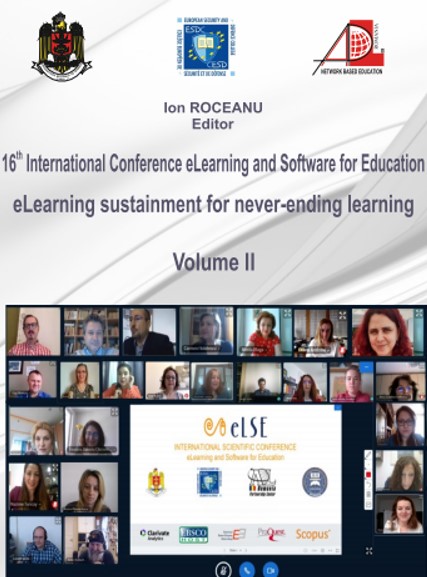INTERACTIVE E-LEARNING APPLICATION FOR STUDYING AND EVALUATING THE PERFORMANCES OF REMOTE FILE SYNCHRONIZATION ALGORITHMS
INTERACTIVE E-LEARNING APPLICATION FOR STUDYING AND EVALUATING THE PERFORMANCES OF REMOTE FILE SYNCHRONIZATION ALGORITHMS
Author(s): Radu RădescuSubject(s): ICT Information and Communications Technologies, Distance learning / e-learning
Published by: Carol I National Defence University Publishing House
Keywords: E-learning Content; Virtual Learning; Interactive Application; Remote Files Synchronization; Client-Server Communication; Data Compression; Delta Algorithm; Rsync Algorithm;
Summary/Abstract: The present paper presents an e-learning application that studies the different ways of performing file compression and the performances obtained in synchronizing them in remote communications. Based on compression, one can estimate the differences between two files and calculate the minimum difference that must be transmitted over a network to synchronize different instances of the same file. The described application implements a client-server communication with network applications, in which a file is transmitted from server to client, the file being encoded to server and decoded to client. Using Delta compression techniques reduces bandwidth when transferring network files as well as their storage space. Delta compression allows for significant file size reduction, which helps increasing the download speed on a computer network. With the help of Delta compression, only the difference between two successive versions of the same file is performed during the upgrade process. The Rsync algorithm performs a unique approach for Delta compression, allowing the client to request changes to a file from the server without the need for the server to keep older versions of that file. Instead, the server dynamically calculates changes in an interactive protocol, which works in two steps. From the experimental results obtained in the paper, it is clearly observed that in order to obtain an optimal transfer time on a network it is advisable to use similar files, having the same source file. If the files used are too different, then full file transfer is more useful, because the Delta compression calculation time and file transfer time will be greater than the full file transfer time. The Rsync algorithm performs file synchronization between the two communication partners, assuming that any file change has occurred on both sides, in order to keep an updated list of changes permanently. The utility of the Rsync algorithm is very high for any communications network where the bandwidth costs must be kept to a minimum, and file transfer time is an important factor that is intended to be minimized.
Journal: Conference proceedings of »eLearning and Software for Education« (eLSE)
- Issue Year: 16/2020
- Issue No: 02
- Page Range: 222-229
- Page Count: 8
- Language: English

